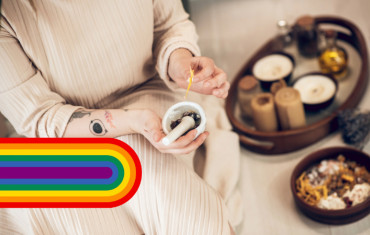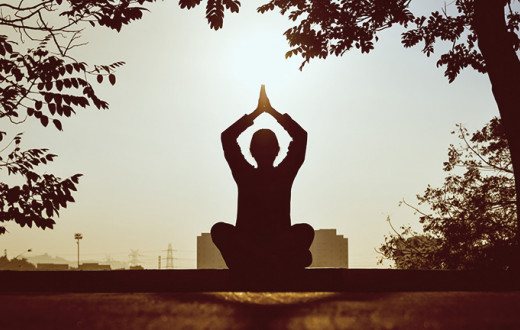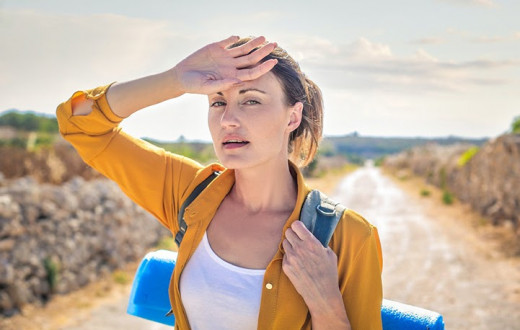By Elizabeth Herman | Posted: June 29, 2020

How much do you usually keep to yourself, and why? If you do usually keep to yourself, what contributes to this tendency? Possibly you’re an introvert. And there’s also a possibility that you may have issues concerning self-esteem or self-confidence. Both these terms are different but they easily overlap. They can hugely affect our mental health and well-being, so it’s worth it to understand both.
Self-esteem and self-confidence
Self-esteem and self-confidence are similar, but express themselves in slightly different ways. Self-confidence as defined by Oxford Dictionary, ‘is a feeling of trust in one’s abilities, qualities and judgement.’ And Oxford defines self esteem as ‘confidence in one’s own words or abilities; self respect.’ They work hand in hand and build upon each other. They both play a big role in how we manage our lives. Some ways they’re related but different include the following:
- Self-esteem produces good feelings about yourself overall: Self love and positive regard also describe self-esteem. Your past experiences have helped to shape the way you see yourself in the present moment. You may continue to carry a self image from childhood that either gives or doesn’t give you self-esteem. Experiencing trauma in your formative years is especially harmful and often leads to low self-esteem.
- Self-confidence can vary in different situations: Confidence reflects feelings about your abilities to complete tasks. As a student, I may be confident speaking publicly to my classmates, but job interviews and work presentations may still produce anxiety. Our inner voice tells us we can do it, or it doesn't.
- Mental health requires both of these qualities supporting each other: Loving yourself and having high self-esteem increases your self-confidence. Being more confident will impact your overall self-esteem positively. They both feed and support each other, and you can benefit from enhancing both at the same time.
When you fully realize that your feelings about yourself in general are just as important as your skill level for meeting any particular challenge, you’ve begun healing from the inside. Knowing how self-esteem and self-confidence interact with each other can start you on your way.
Overcoming the stigma surrounding trauma and mental health
In the U.S., about 76 million adults are afraid of asking for help with mental health, an age-old problem. A startling 68 percent of Americans told researchers they oppose having a person with mental illness join their family via marriage, and 58 percent said mentally ill persons are not welcome in their workplaces.
But stigma doesn’t only affect those with chronic mental health issues. Traumatic events in someone’s personal history can stigmatize them. A community full of fear, and lacking understanding, might ostracize anyone who has survived sexual abuse or assault, divorce of parents, adoption, domestic violence, or wartime combat experiences that may cause PTSD, post traumatic stress disorder. Traumas are stored in both the body and the mind and these traumas can impact one’s life in a variety of ways. If you’re a survivor of any kind of trauma, you need and deserve support. Utilizing stress management techniques can help you heal trauma.
If you have healthy self-esteem and self-confidence, you can educate others and more easily ignore stigma, and act with less concern about other people’s fearful reactions. Stigmas exist due to fear of differences. Any non-conformity can be a reason for groups of people to judge or avoid someone. But taking pride in your uniqueness and making a commitment to self-care can do wonders for your ability to build genuine self-esteem first, and eventually authentic self-confidence.
For me personally, the development of my self-esteem and confidence were adversely affected by traumatic events in my childhood. Although there are still fluctuations, my self-esteem has grown over the years, and that has helped me to handle different situations in life with a lot more confidence. Survivors of any kind of physical or psychological trauma have been shown by research to have problems with self-esteem, but the same study shows they’re also more likely to engage in helpful behaviors, like volunteerism, for example. In addition to volunteering, two things that have helped me are my consistent yoga and meditation practices. These tools have given me more mindfulness, reduced negative thoughts, and increased self love.
Empowerment through breathing, meditation, and yoga

To help bolster your self-esteem and self-confidence, there are many techniques available through Art of Living courses on breathing exercises, yoga, and meditation. My own personal ability to focus and manage my emotions has increased dramatically as a result of learning and practicing them. With positive understandings of your ability to do things through a healthy self-image and a calm sense of focus, you too can empower yourself to have all of the self-esteem and self-confidence you need.
Relaxation techniques like yoga, meditation, and breathwork can help your emotions by giving you a break in your day to pay attention to both your body and mind. They also provide positive self-images to visualize and easily manifest. For instance, here are 3 yoga poses that I’ve found helpful in this regard:
- The warrior pose helps you visualize a self that is strong and in charge of your own feelings. Standing up, facing forward, bring one leg forward, bend the knee that’s in front, and extend the arms to the front and back, palms facing up, with your head facing forward to look over your forward arm. This yoga pose empowers both body and mind.
- The lion pose evokes valor through the image of a powerful animal. In a seated position, tense and stretch the muscles of the hands and face and bulge the eyes, opening your mouth in the position of a lion’s roar and extending the tongue. Relax after about 10 seconds and repeat 3 times. This yoga pose stretches the mind and body.
- The lotus pose gives you a sense that you can be like a calm and stable flower resting on the surface of the water in the face of any turbulence that might come along. In a seated position, bend the knees and bring the outsides of both feet to the tops of both inner thighs, with your hands resting palms up on your knees. To modify, leave one foot at a time on the ground beneath you, and practice half lotus on both sides. Taking a deep breath in this yoga pose brings one to a calmer state of mind.
You can learn the same breathing meditation practice that I use and begin to empower yourself in just a few days of easy sessions. Beyond Breath - A FREE Breath & Meditation Online Session With a Live Instructor is an introductory session that can help you get started on the road to greater self-esteem and self-confidence. Become the naturally successful and happy person you were meant to be!

Elizabeth Herman writes, offers writing support to clients, teaches, and volunteers for a better world. She has a PhD in Rhetoric, Composition and Literature. Find her on Facebook or Twitter.

































